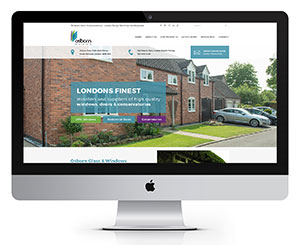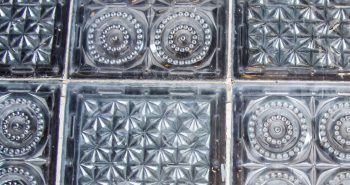The Most Important Glass Styles for Interior Designers
Modern buildings are more and more frequently making use of glass in their vast and spacious interiors. Minimalism, alongside a heavy use of reflective glass, gives the perfect illusion of increased space and has a tremendous effect on interior lighting. Perhaps that is why are seeing it used more and more in new office complexes….

Modern buildings are more and more frequently making use of glass in their vast and spacious interiors. Minimalism, alongside a heavy use of reflective glass, gives the perfect illusion of increased space and has a tremendous effect on interior lighting. Perhaps that is why are seeing it used more and more in new office complexes. If you are designing or are having input on the design of the interior of a building, then knowing the different types of glass you have at your exposure would be useful.
We have put together a list of the different glass styles that should go away to helping you make more informed decisions when it comes to interior design and glass.
Primary Differences – Knowing your Clear Glass from your Reflective
When it comes to getting the right style of glass for your design, some key differences are worth defining. For instance, there are four styles of glass: clear, tinted, frosted and reflective.
- Clear glass is translucent. You can see right through it.
- Tinted glass, or distorted glass, are lightly coloured or distorted. The level of colour or distortion will affect the beams of light that can travel through it; they can be dimmed or entirely reduced.
- Frosted glass is mostly used in toilets, bathrooms or any section which requires privacy. It blurs out the objects behind it while not affecting the light which travels through.
- Reflective glass transmits light while giving off a more mirror-like reflection. It will also repel all heat and radiation from direct sunlight.
The Safety Features of Interior Use Glass
If safety is a paramount feature for the glass you are going to be using, then there are two primary features you will need to be aware of: toughened and laminated glass.
Toughened glass can be between five and ten times stronger than ordinary glass. If this glass does break, the pieces it ends up in will never have sharp corners – to avoid injury. It also will be much easier to clean up that regular shattered glass.
Laminated glass is the same glass used in car windscreens, floors and shower cubicles. It is incredibly reinforced; the level of reinforcement is achieved in two or more sheets of glass being bonded together with one or more layers of polyvinyl butyral. If this glass is to break, the interlayer holds the glass in place to stop it from shattering. This style of glass can even be used as insulation and drastic changes in temperatures.
Energy-Efficient Glass
If you are going to making use of a lot of glass in your design – and that design includes a multitude of glass office or meeting spaces for example – you might want to make use of energy-efficient glass.
While this type of glass is primarily used in windows to save the loss of heat from living spaces, it can be used just as effectively within interior design for the same reasons. Another bonus of energy-efficient glass is that it protects other internal qualities such as carpets and other home decor accessories from losing their vibrancy.
Patterned or Textured Glass
Decorative glass can come in a range of designs, textures and colours. It is mostly used to draw attention or add extra colour to an interior or setting. It could also be used to diffuse an object, or series of objects, instead of blocking them out.
Acoustic Glass
Building interior space where keeping noise to a minimum is a priority – then acoustic glass should be considered. Typically, it consists of two or more sheets of glass bonded together – the interlayers act as noise control, similar to laminated glass.
If your interior is going to be a crowded area, then keeping some spaces from the noise could be of great benefit to its inhabitants.
If your designing an interior which needs to consider aesthetics and practicality then Osborn Glass can help you, contact us today to learn more about our products and what they can offer you and your designs.
Recommended Articles
3 Examples of Architectural Design That Make Good Use of Glass
6 years ago4168 viewsTime To Update Your Bathroom?
4 years ago2935 viewsTypes of glass to use in your home
2 years ago2248 viewsHow to Identify Safety Glass
6 years ago29713 viewsGlass sneeze screens Vs plastic sneeze screens
5 years ago3295 viewsWhat Glass Should I Use For My Restaurant Windows?
2 years ago2567 views












